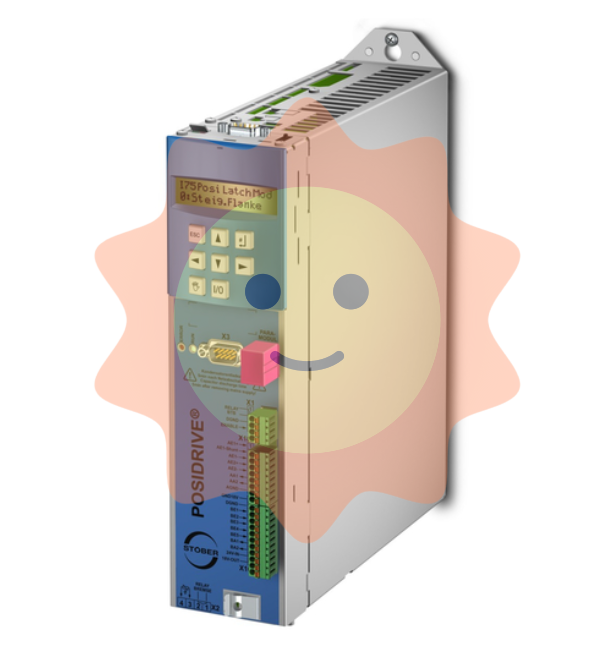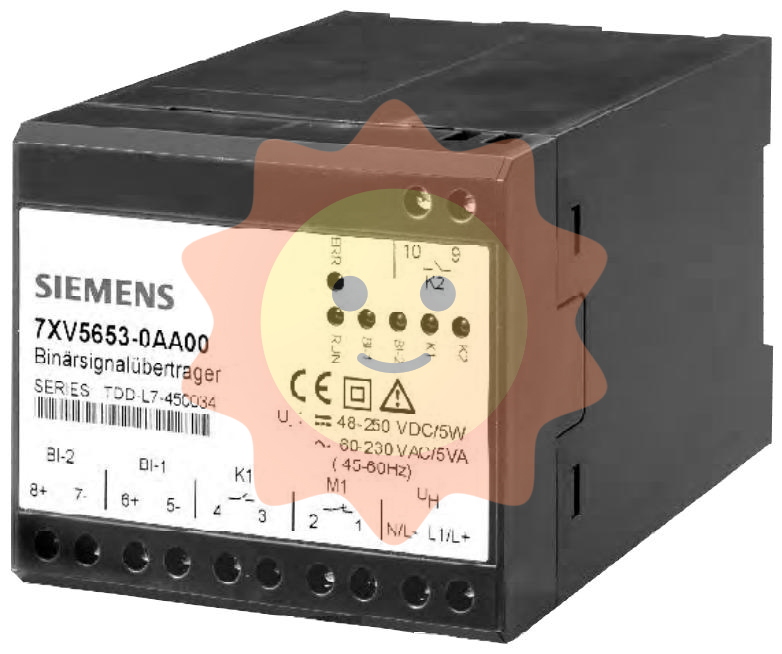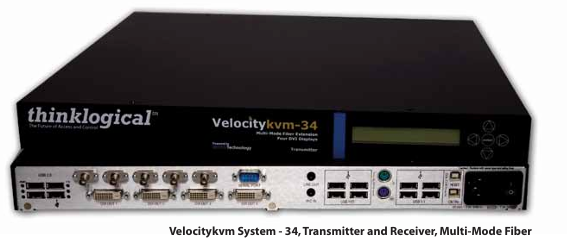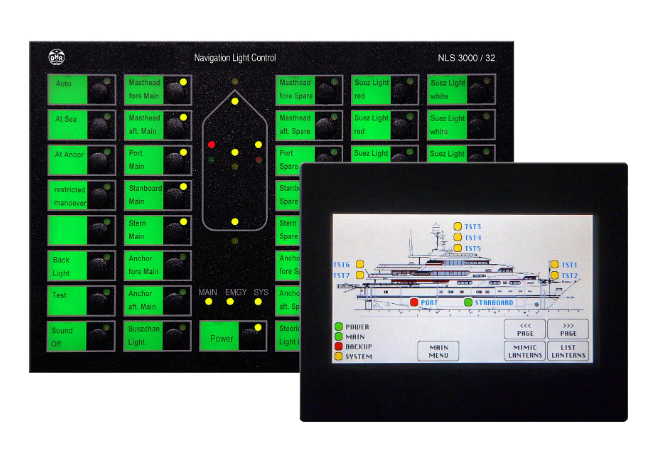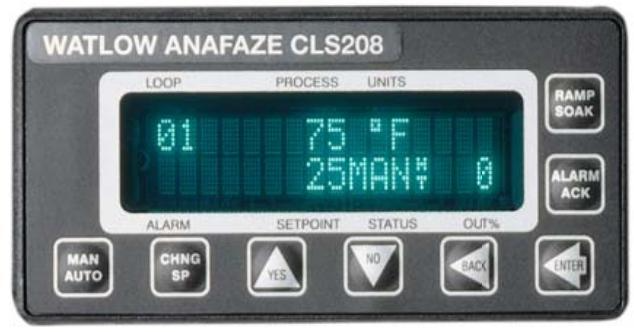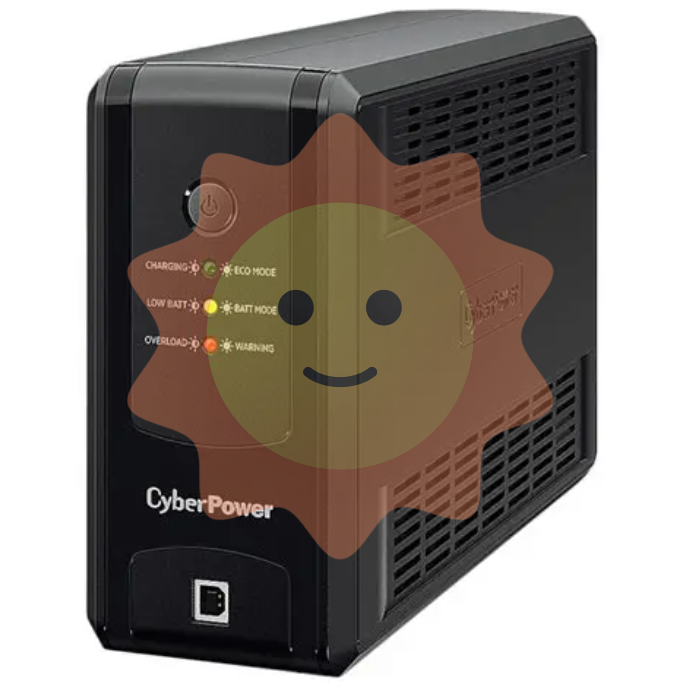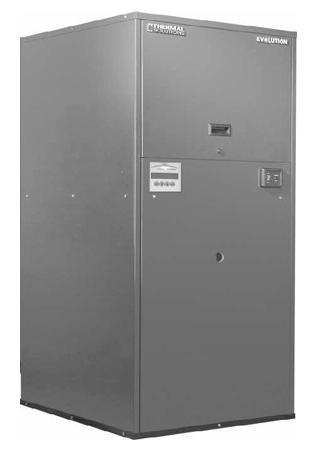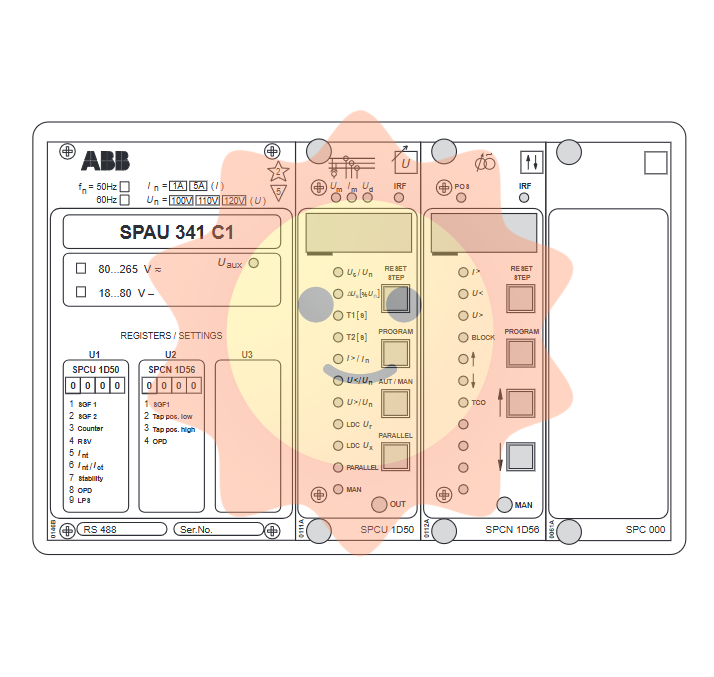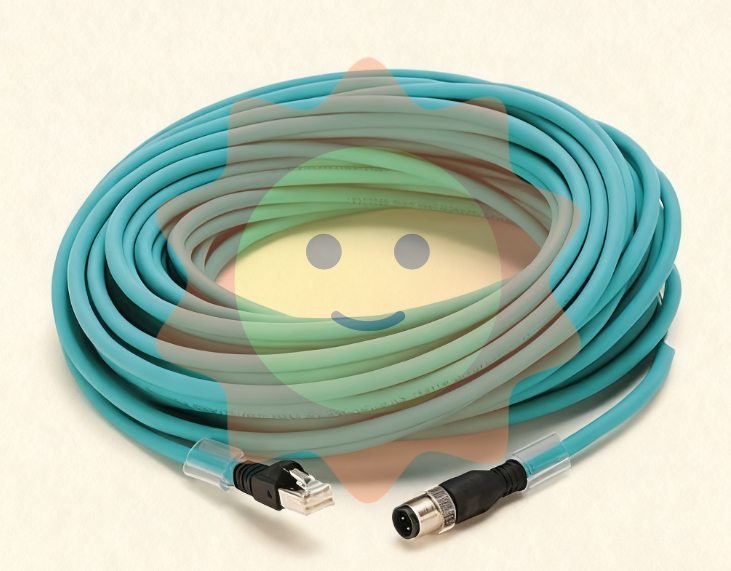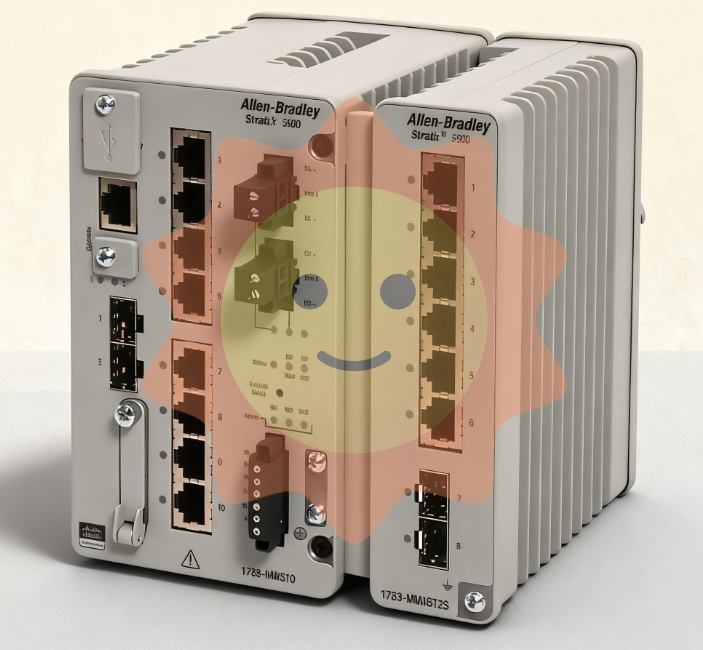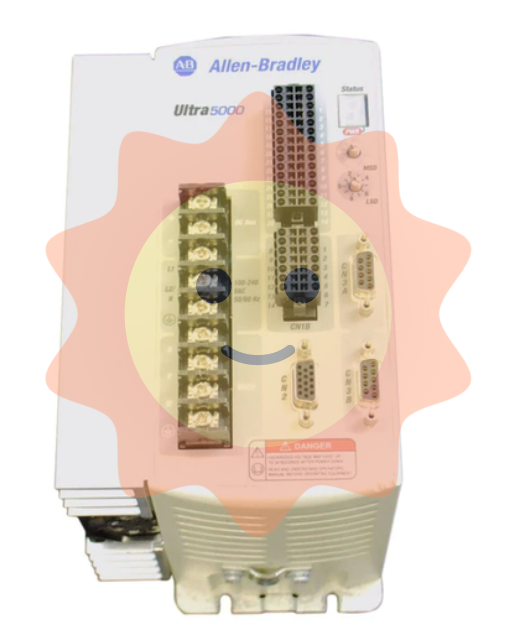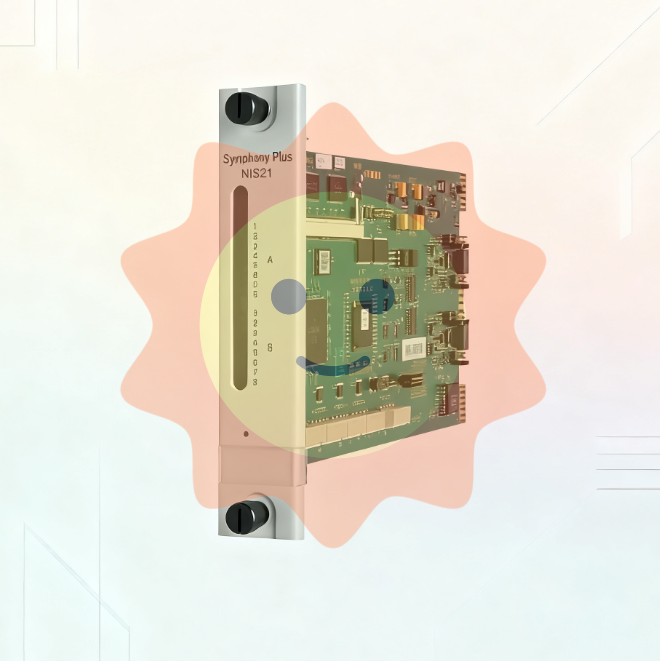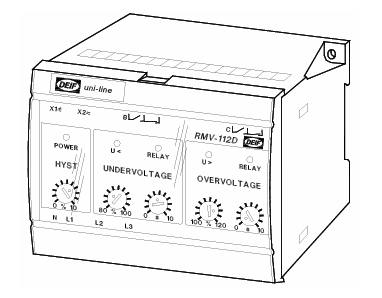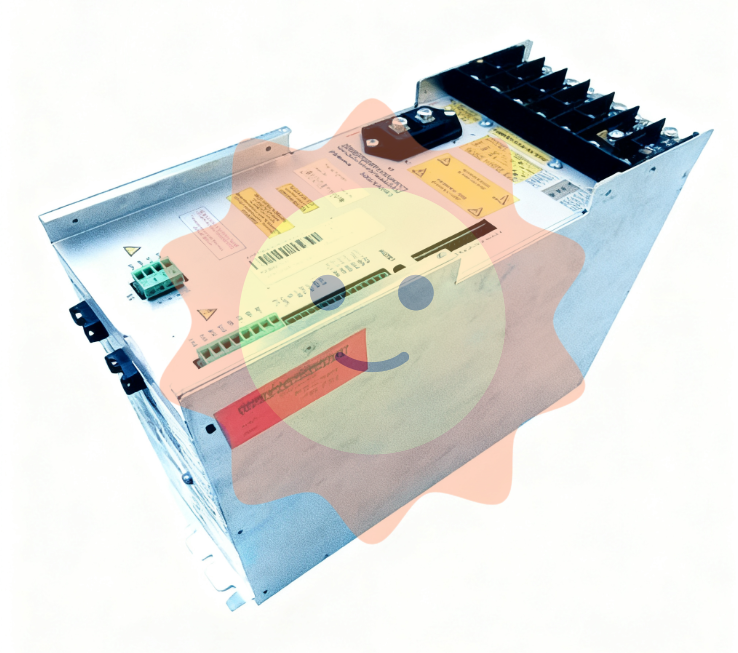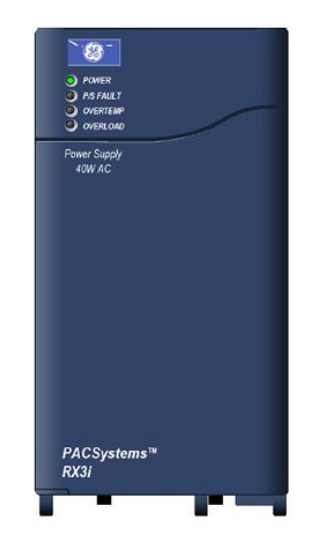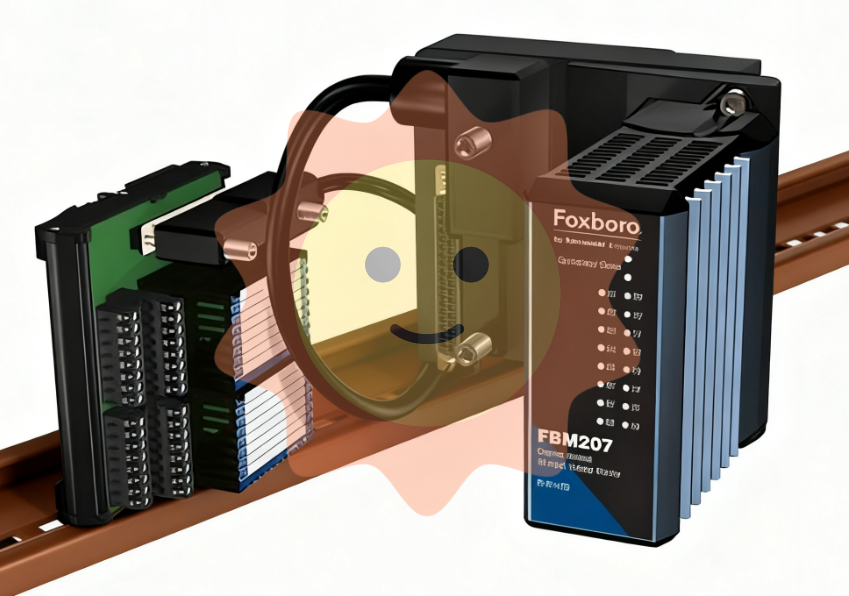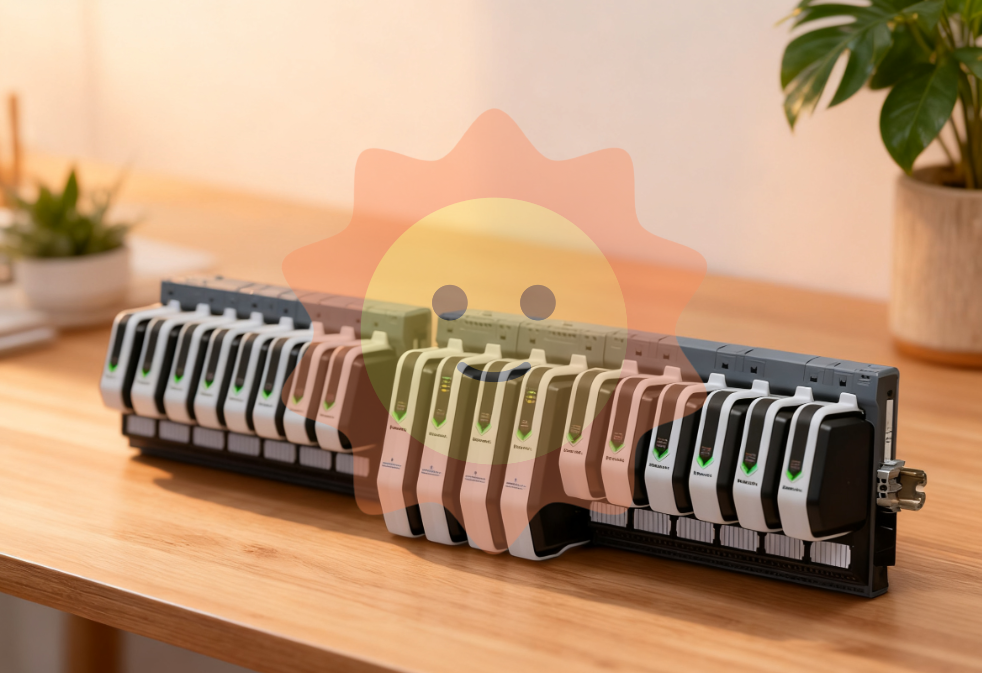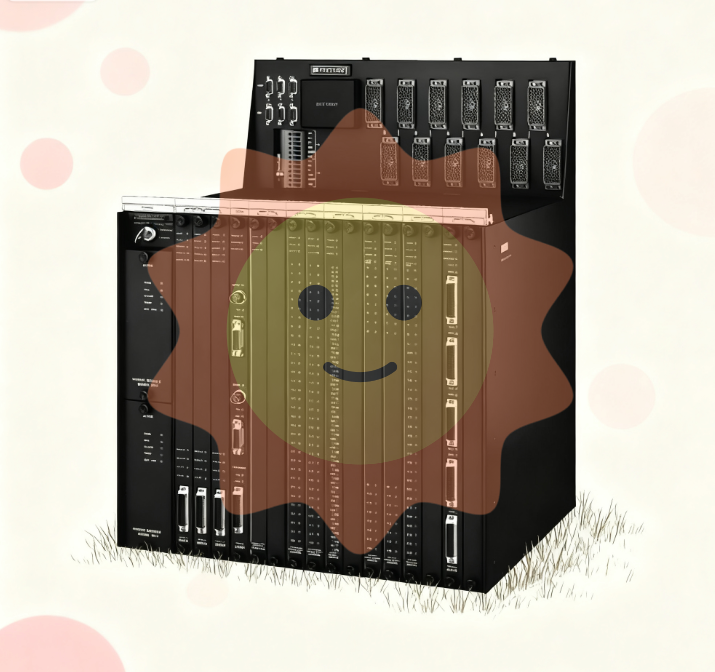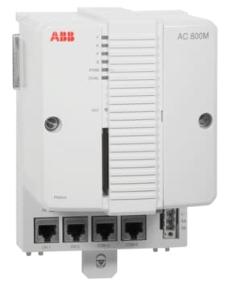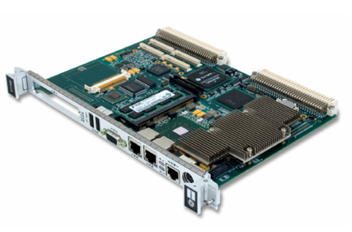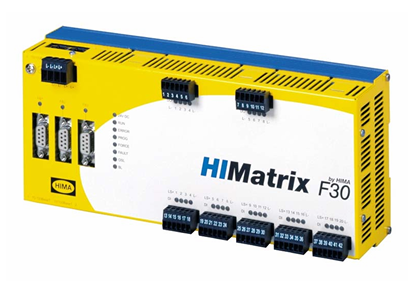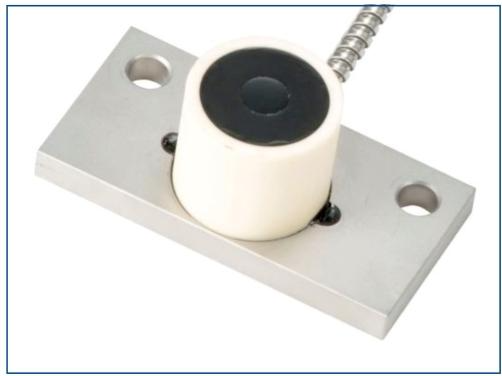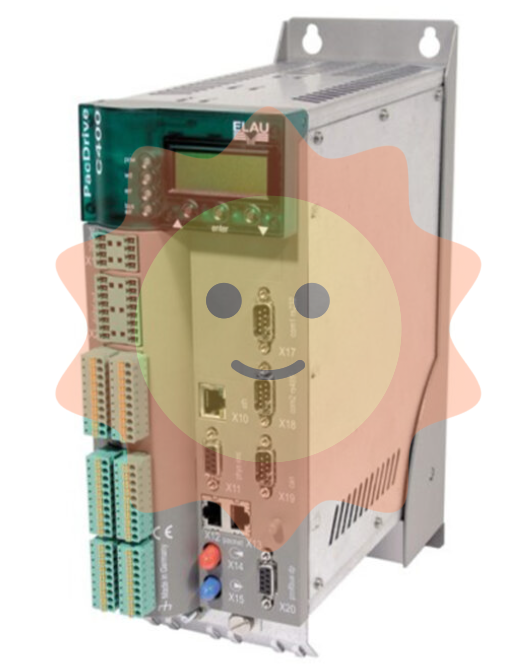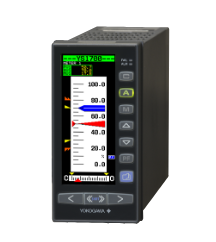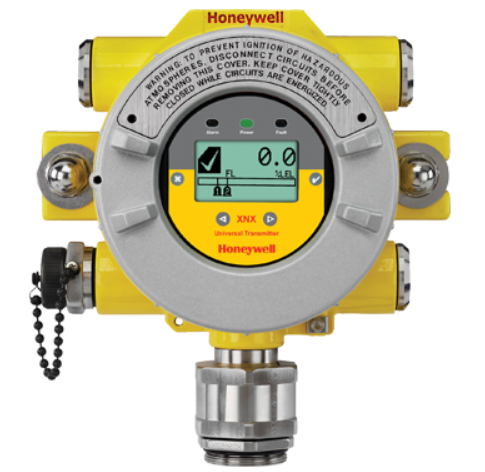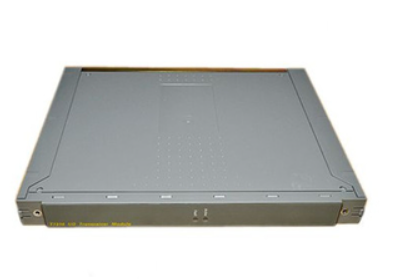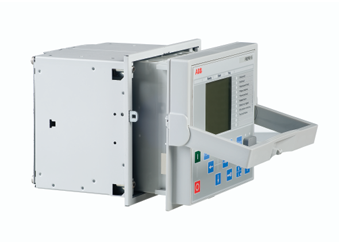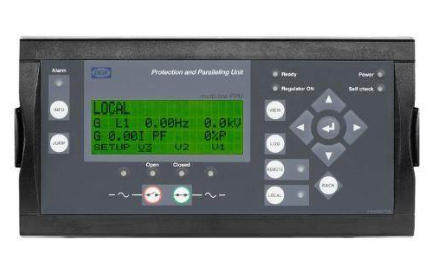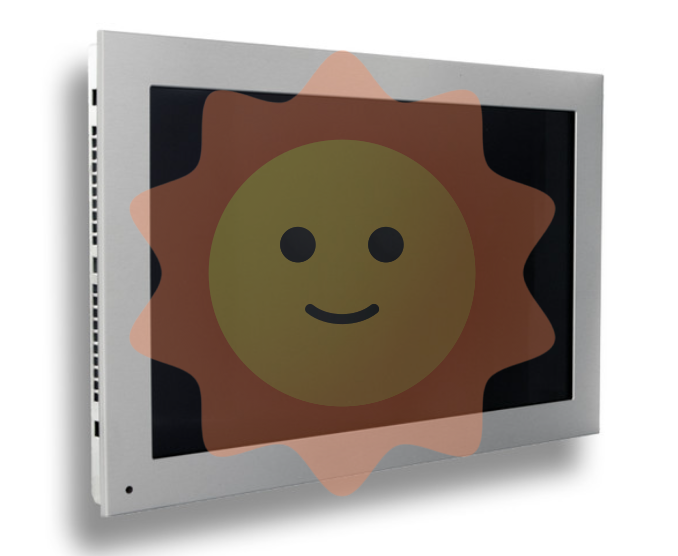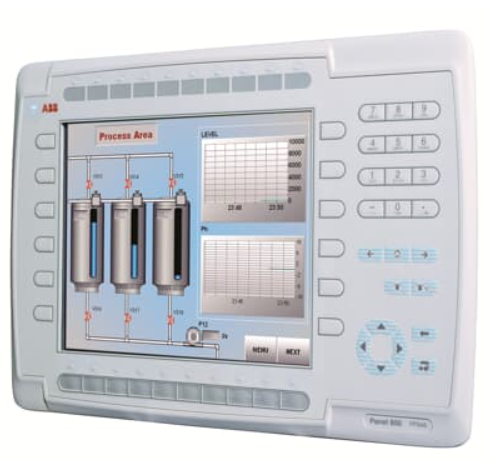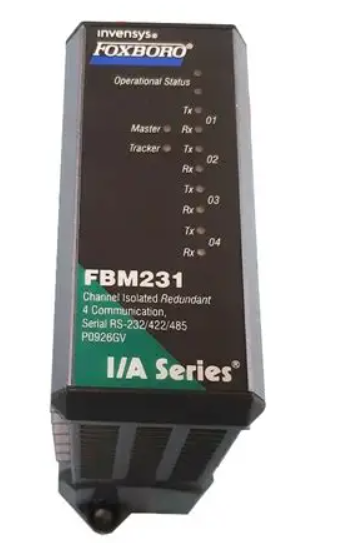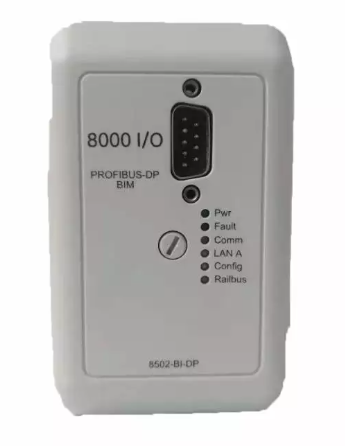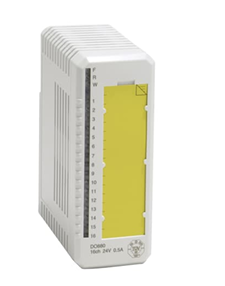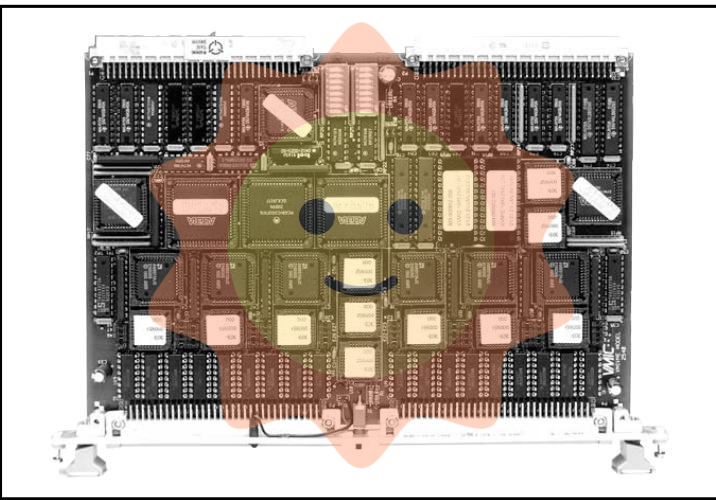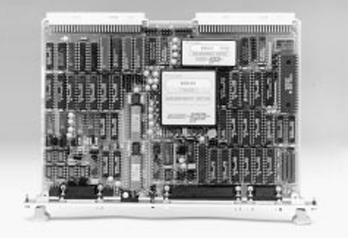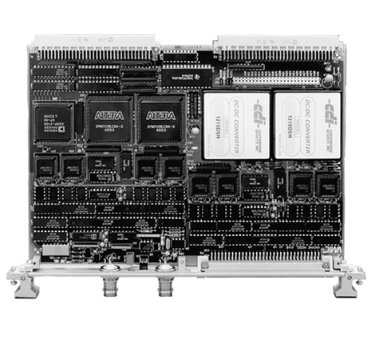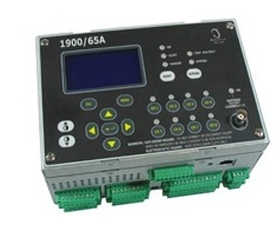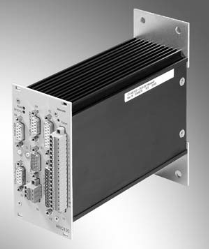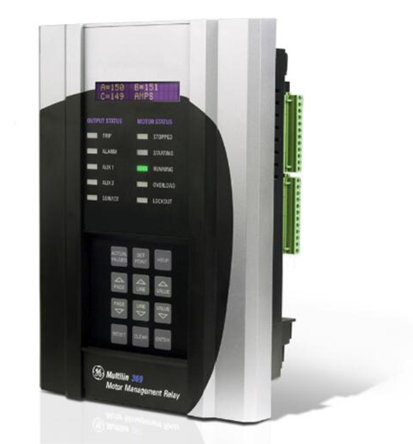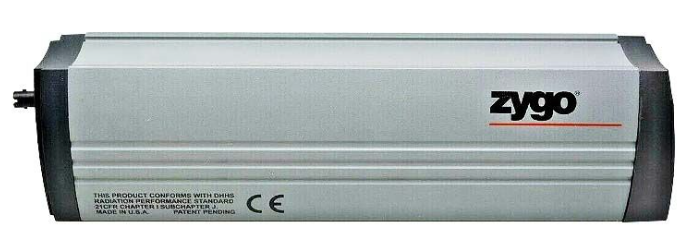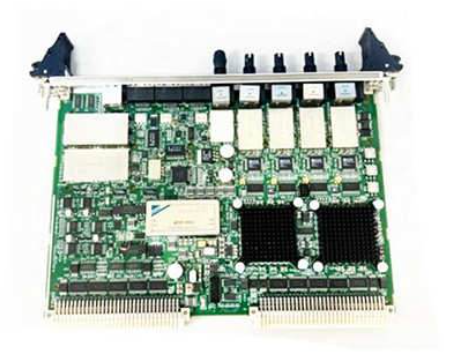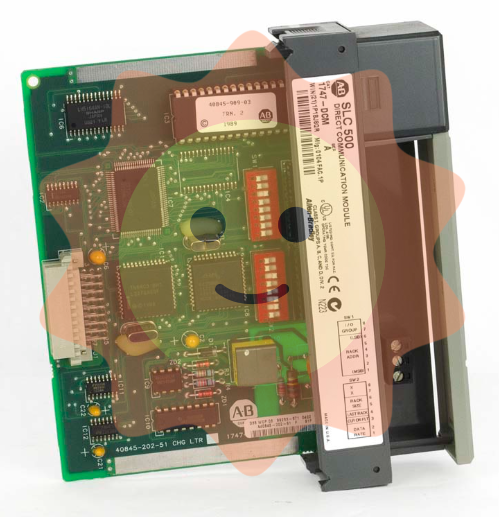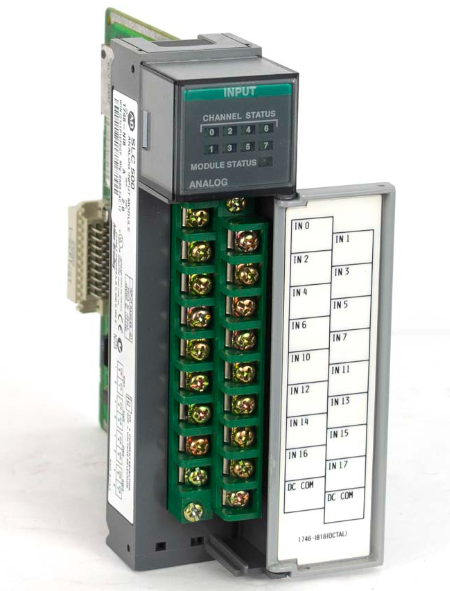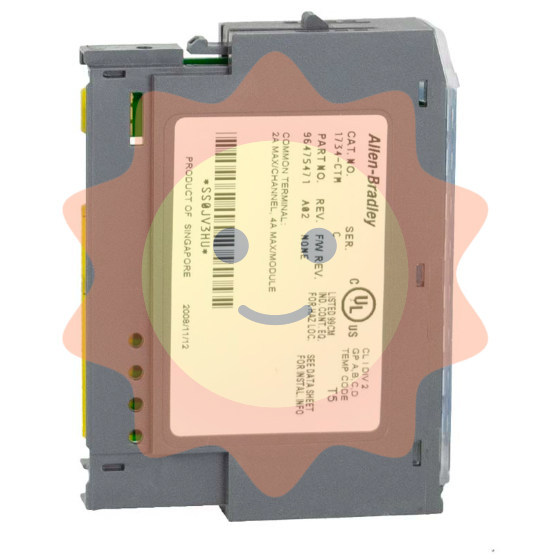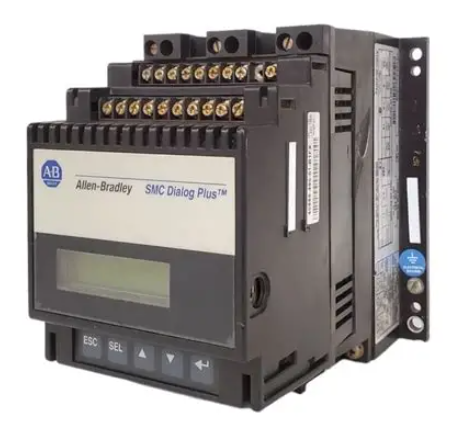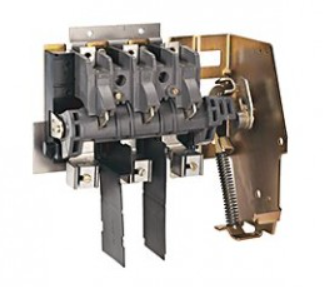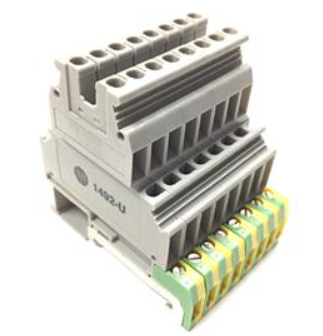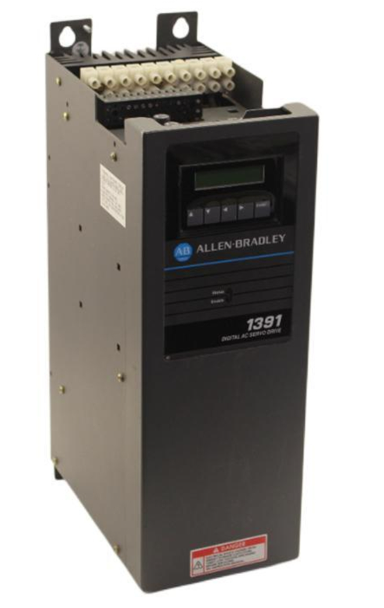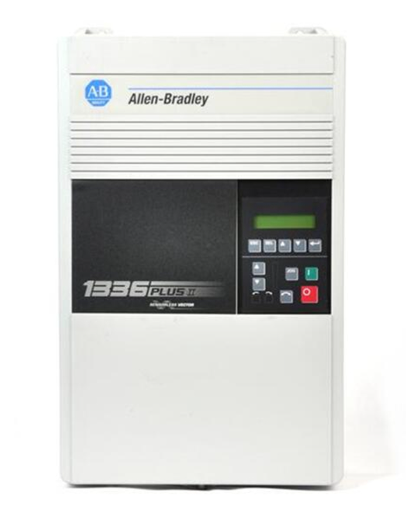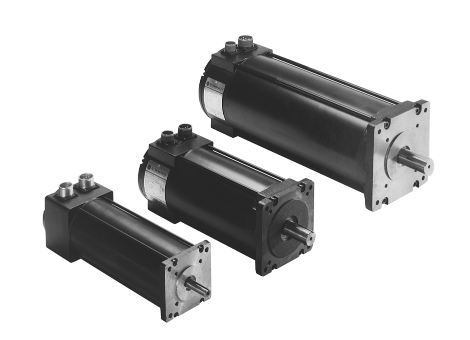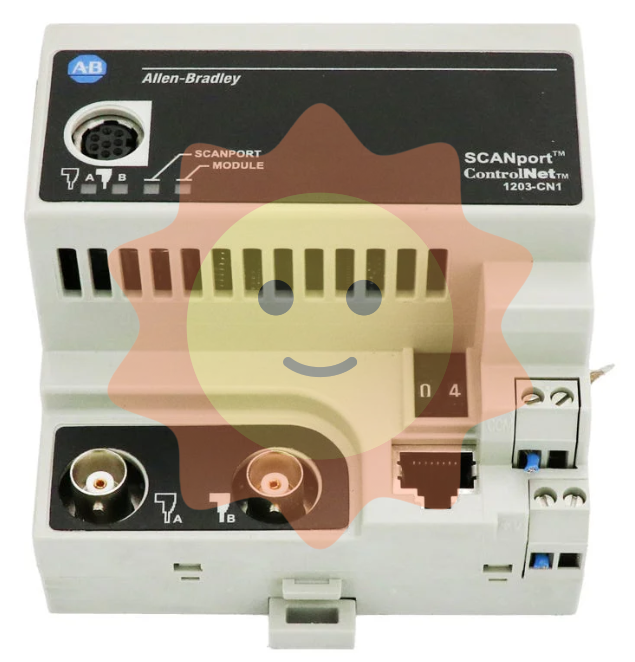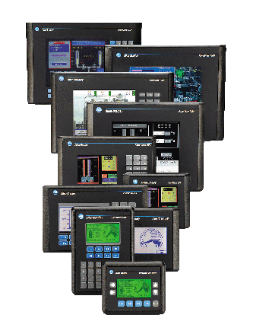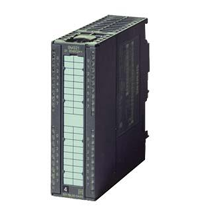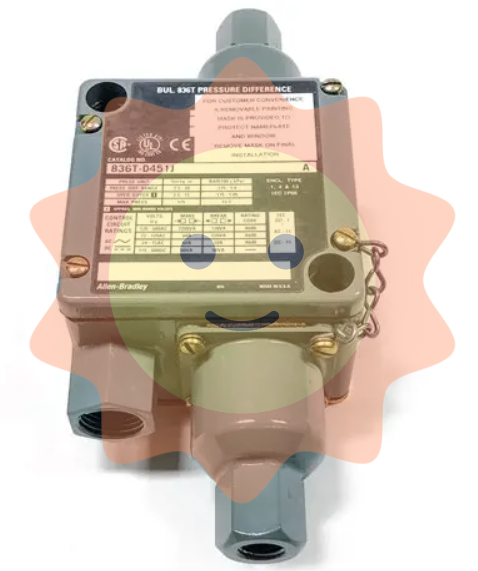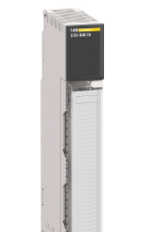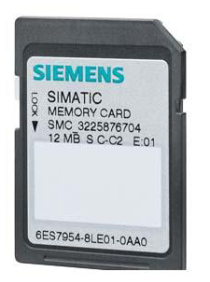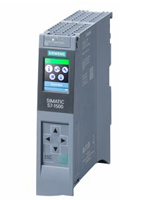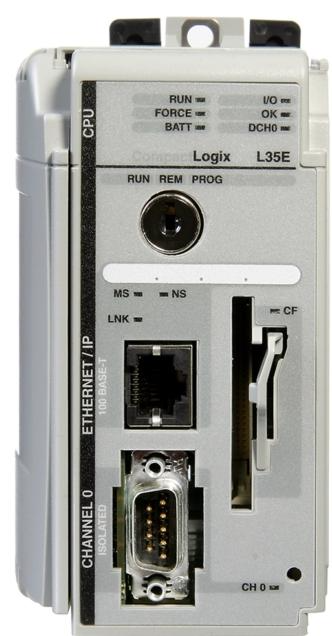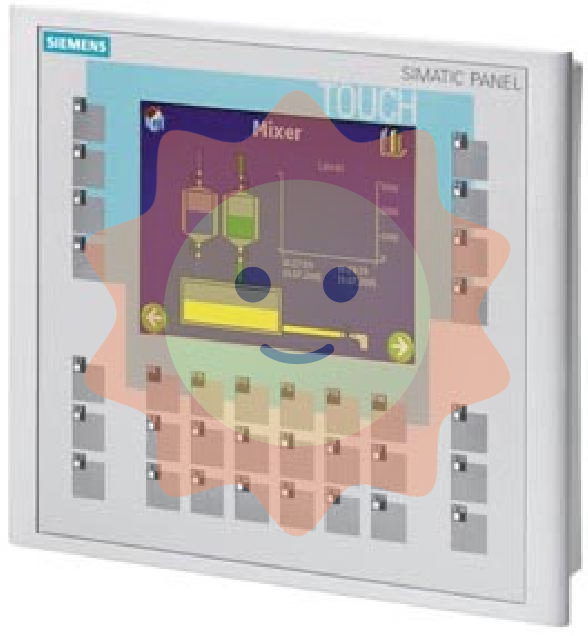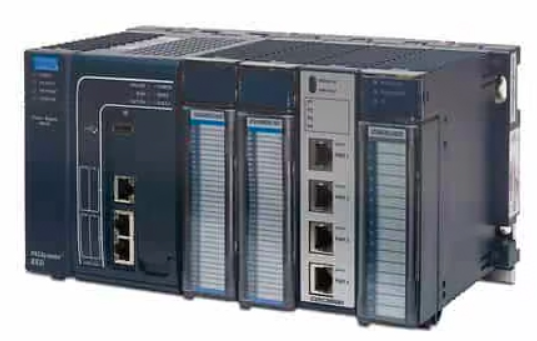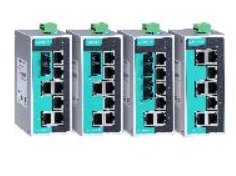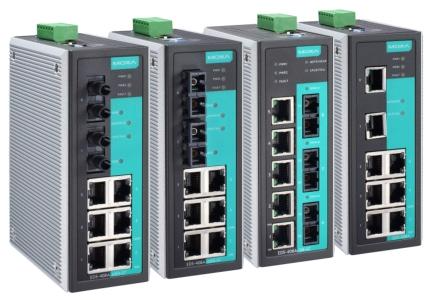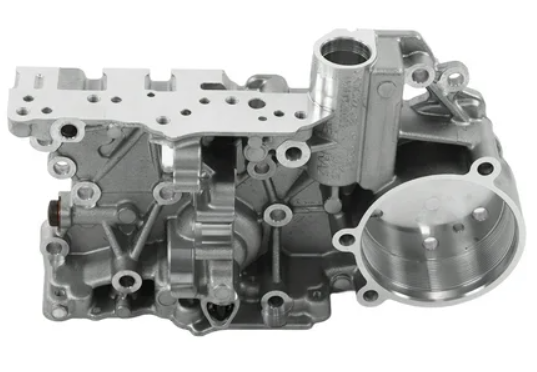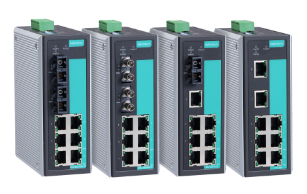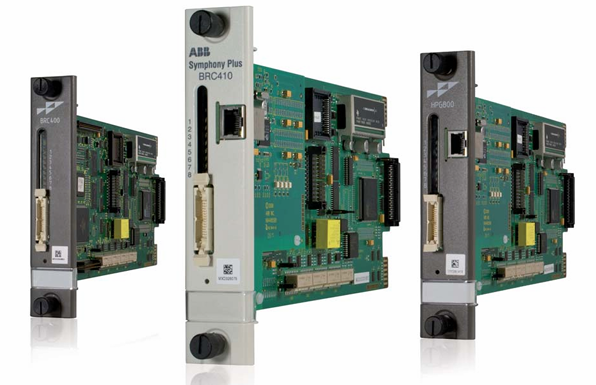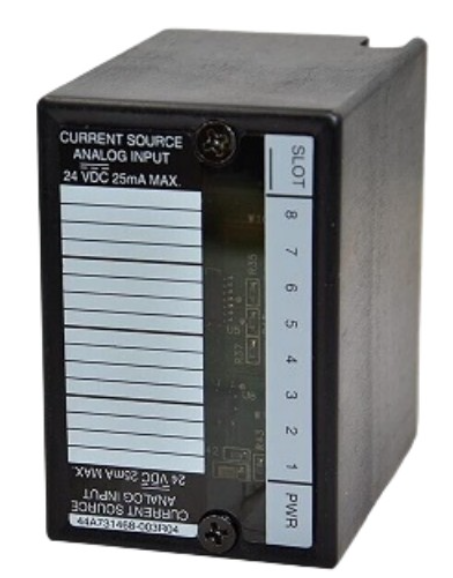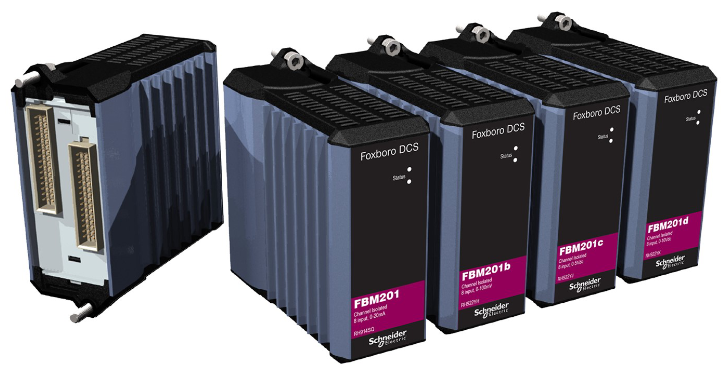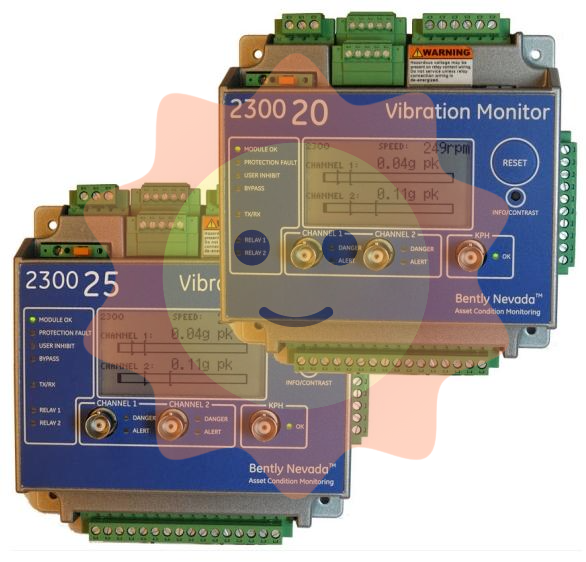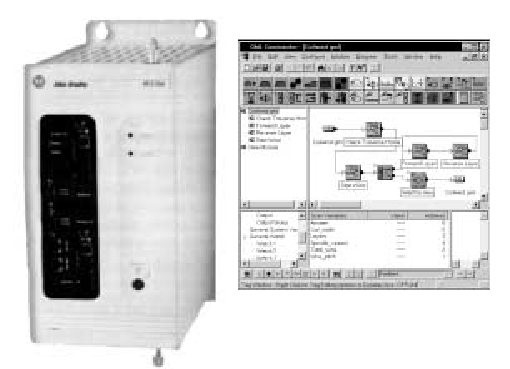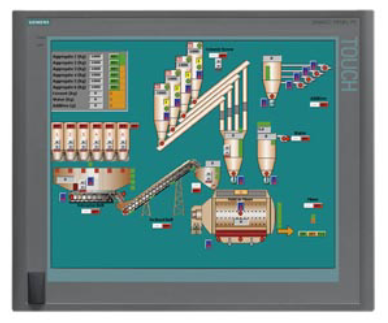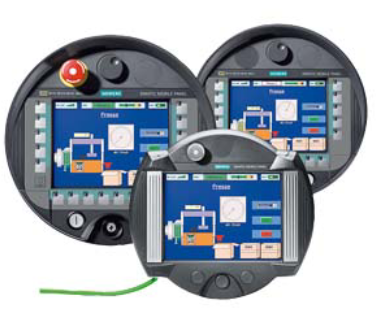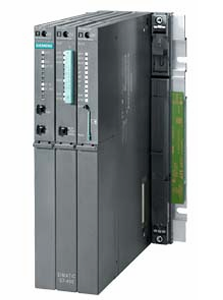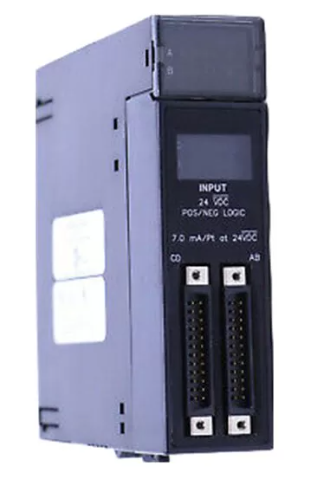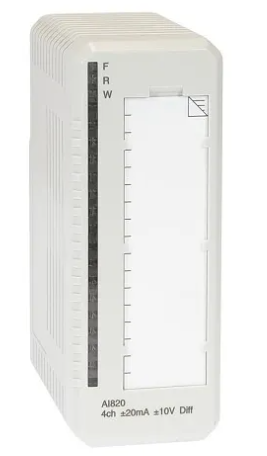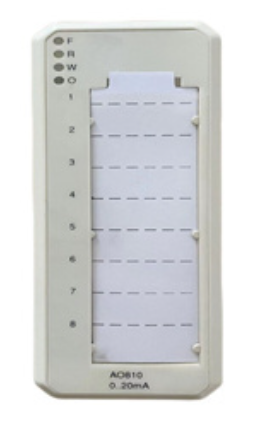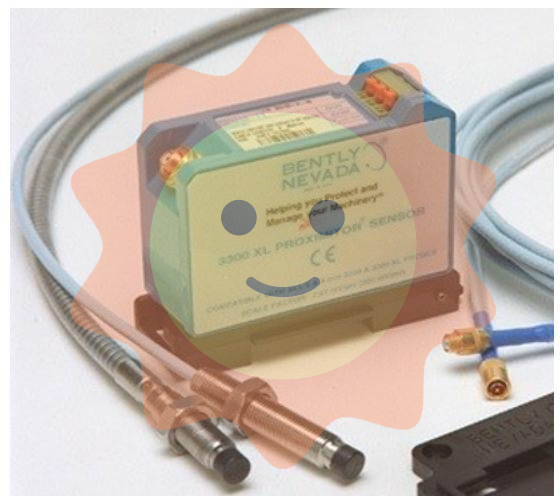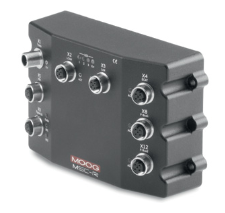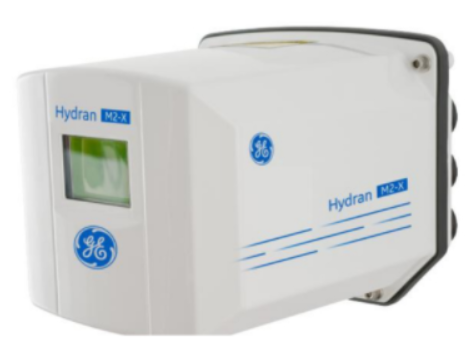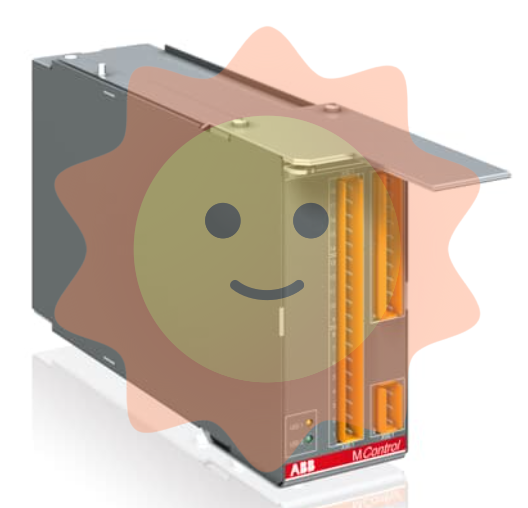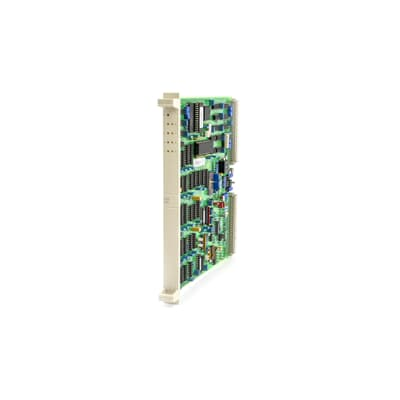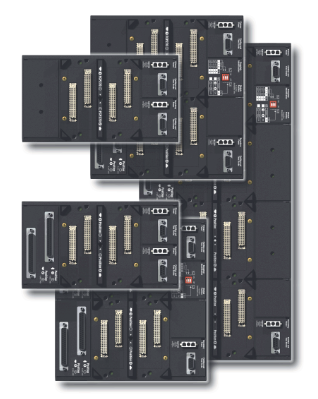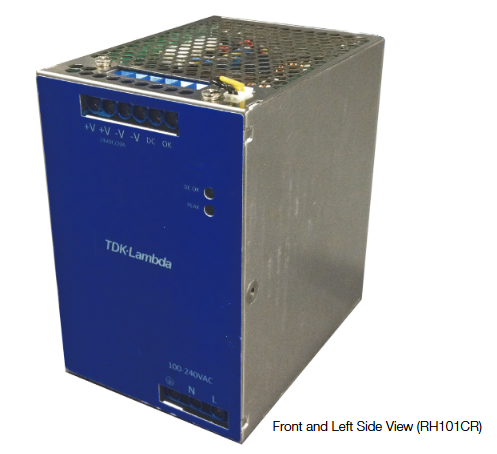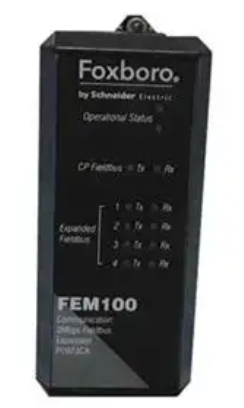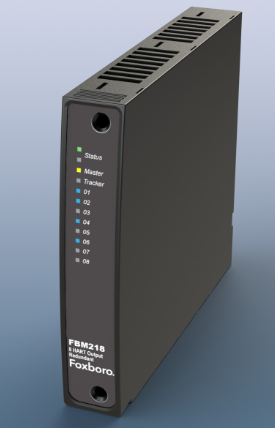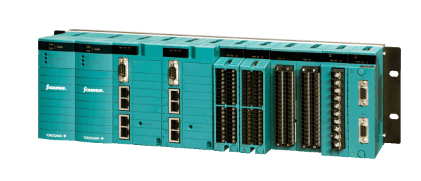ABB PHBDOT1000S100 DOT-100 Digital Output Mounting Base
Basic Information
Product Model Number: PHBDOT1000S100.
Product name: DOT - 100 Digital Output Mounting Base, this is ABB's base for digital output device mounting, which plays an important role in the field of industrial automation.
Functional features
Mounting features
Solid mounting support: provides a stable mounting platform for digital output devices. It is designed to ensure that the device is securely mounted on it and can withstand vibration, shock and other conditions in the industrial environment to prevent the device from loosening or being damaged. For example, in industrial workshops where large machinery is in operation, this solid mounting ensures that the digital output device will remain in normal working condition during long-term use.
Precise positioning function: A precise positioning mechanism allows the digital output device to be placed in the intended position during installation. This helps to ensure that the interface between the device and other equipment (such as power supply, signal lines, etc.) can be correctly docked to reduce the connection problems caused by inaccurate installation position, and improve the installation efficiency and reliability of the system.
Signal processing and connection function
Signal distribution and driving: Input digital signals can be distributed to multiple output channels to drive multiple external devices. For example, a digital signal from a controller can be used to simultaneously control multiple relays, indicators or other digital output devices through this mounting base, achieving one-to-many control functions and facilitating centralised control in industrial automation systems.
Signal Matching and Conversion (possible): Signal matching and conversion functions are possible. There may be mismatches in signal levels, formats, etc. between digital output devices and the device being controlled. The mounting base is capable of matching and converting the signals appropriately so that the signals from the digital output device can effectively drive the controlled device. For example, a low-level digital signal can be converted to a high-level signal to meet the driving requirements of certain high-power devices.
Protection Functions
Overload protection mechanism: Built-in overload protection circuit, when the output current exceeds the rated current, it can automatically cut off the circuit to protect the digital output device and the controlled device from damage. In the industrial environment, due to equipment failure or other unexpected circumstances, the current may be abnormally increased, then the overload protection mechanism is particularly important. For example, when controlling high-power devices such as motors, if the motor has a blockage or other faults that result in excessive current, the mounting base can cut off the circuit in time to prevent damage to the device.
Electrical isolation (possible): Some models may have an electrical isolation function that electrically isolates the signal circuits of the digital output device from the circuits of the device being controlled. This helps prevent electrical interference from propagating between different circuits and improves the system's immunity to interference. In industrial sites, where there are a large number of sources of electromagnetic interference, such as motors, frequency converters, etc., electrical isolation can effectively protect the stability of the digital output devices and the entire system.
Status Indication and Diagnostic Function
Status Indicator: Equipped with status indicator, it is used to visually display the working status of digital output devices. For example, there are indicators to show whether the power supply is normal or not, whether the signal is output or not, whether the device is in the overload protection state or not, and so on. These indicators enable users to quickly judge the working status of the equipment on site, which is convenient for daily maintenance and management.
Fault diagnosis function: It can carry out fault diagnosis on digital output devices and their connected circuits. It can detect some common faults, such as short-circuit, open-circuit, signal abnormality, etc., and prompt fault information to the user through the indicator flashing, sounding alarms, or sending fault codes to the control system, etc., to help the user quickly locate and solve the problem.
Physical characteristics and interfaces
Types and number of interfaces: There are various types of interfaces, including interfaces for connecting digital output devices and interfaces for connecting controlled devices. Interface types may include screw terminal interfaces, plug-in interfaces, etc., to facilitate the connection of different types of equipment. The number of interfaces depends on the product design, and usually meets the connection needs of multiple devices. In addition, there will be power connections to provide electrical support for the mounting base itself and the connected devices.
Physical Design: The design is usually compact and easy to install in limited spaces such as control cabinets or equipment racks. The housing is usually made of metal or high-strength engineering plastics with good impact resistance and heat dissipation. In terms of installation, it may support rail mounting or screw-fixed installation, which is convenient for users to choose according to the actual installation environment and requirements. The internal circuit layout is reasonable, taking into account the electromagnetic compatibility and heat dissipation requirements to ensure long-term stable operation.
Wiring management function (possible): Some products may provide wiring management functions, such as wiring channels or card slots for organising and protecting wires connected to equipment. This helps keep the inside of the control cabinet tidy and reduces safety hazards and signal interference caused by cluttered wires.

- User name Member Level Quantity Specification Purchase Date
- Satisfaction :
-









Email:wang@kongjiangauto.com









